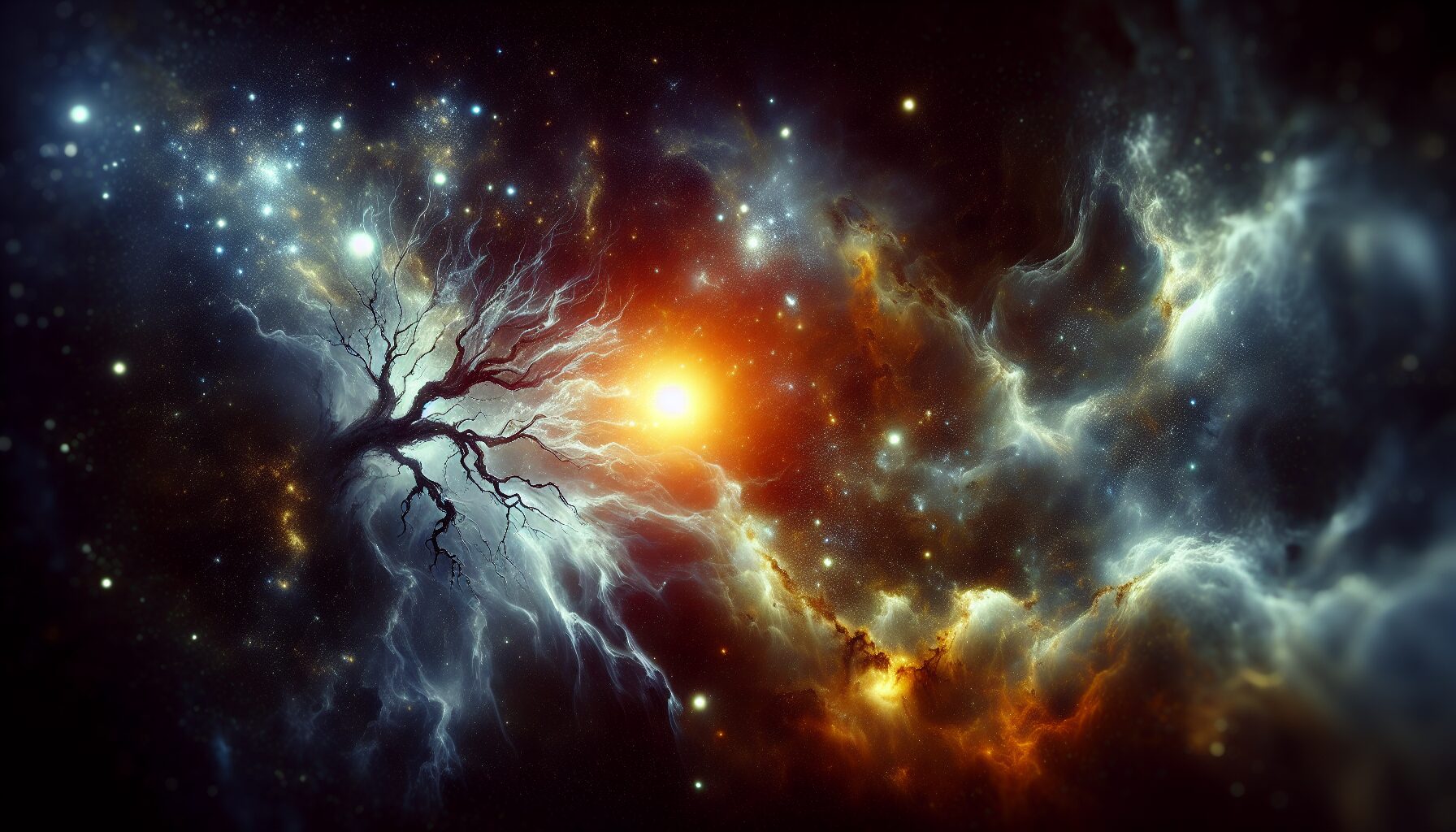In the vast, inky blackness that lies beyond our solar system’s gentle warmth exists a realm of perpetual darkness. This realm, where the sun’s nurturing rays cannot penetrate, offers a haunting yet fascinating glimpse into the inevitable fate of stars and planets alike. Here, objects die a slow death, succumbing to the unrelenting grasp of entropy.
The Concept of Stellar Decay
Stellar decay is an inexorable process that defines the lifecycle of celestial bodies. When a star exhausts its nuclear fuel, it enters a terminal phase, either collapsing into a white dwarf, neutron star, or, for more massive stars, a black hole. Each of these remnants contributes to the eerie tapestry of decay beyond the sun’s reach, fascinating astronomers and fueling numerous theories.
“The long-term future of the universe is bleak, filled with fading and dying stars, burnt-out remnants drifting through the cosmos,” said Dr. Brian Cox, physicist and cosmologist.
Planetary Decay in the Dark
Not just stars, but planets too face a ghostly demise. Far from the warming embrace of a star, planets see their atmospheres freeze and oceans turn to ice. Without sunlight, photosynthesis ceases, leading to the collapse of ecosystems and the extinction of any life that might have thrived there.
- Ice Deserts: Without stellar warmth, even the most hospitable planets transform into ice-covered wastelands.
- Atmospheric Escape: Over time, a planet’s atmosphere can be stripped away by cosmic winds, leaving barren rocky or icy landscapes.
- Orbital Decay: If a planet orbits too close to a stellar corpse, it may eventually spiral inward and be consumed or flung into the void.
The Interplay of Time and Space
This eternal night in space underpins the enthralling cycle of destruction and rebirth that governs the cosmos. As matter decays, it often seeds the formation of new stars and planets, suggesting a poignant, cyclical dance of life and death on a cosmic scale.
Yet, as we ponder this eternal decay, we are reminded of the transient nature of our own existence. Here on Earth, under the gentle hearth of our sun, life remains, for now, a vibrant salute to the ephemeral and the enduring. Exploring the eternal night of space enriches our understanding of the Universe’s relentless march towards entropy, echoing across time.

Comments